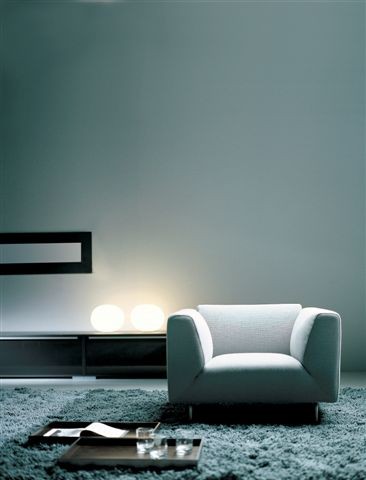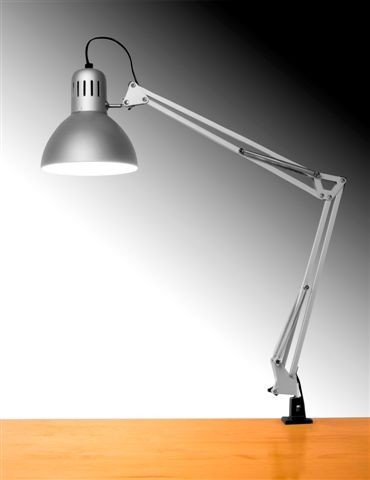

With the disappearance of incandescent bulbs, you now have the choice between halogen bulbs, fluorescent tubes (conventional neon tubes and compact fluorescent bulbs) and LEDs.
With the new light bulbs, our points of reference are changing: we need to stop thinking in watts. Because a 15 W economical bulb emits as much light as a conventional 60 W incandescent bulb or a 45 W halogen bulb. So the light output is no longer proportional to the electrical power absorbed, expressed in watts, as was the case previously.
This is why manufacturers now have to indicate the luminous flux expressed in lumens (lm) on the bulb packaging.
When choosing a new bulb (halogen, compact fluorescent or LED), take three aspects into account:

The lower the number of watts, the lower the consumption. This is an initial criterion for choosing.
What light output do you need? Check the number of lumens on the packaging. By comparing this with your intuitive memories of the old bulbs, you will know what type of light output to expect:
What do you want to light? In which room? Choose the type of bulb most suited to the intended use:

Subscribe to our newsletter and stay informed about energyfacts.